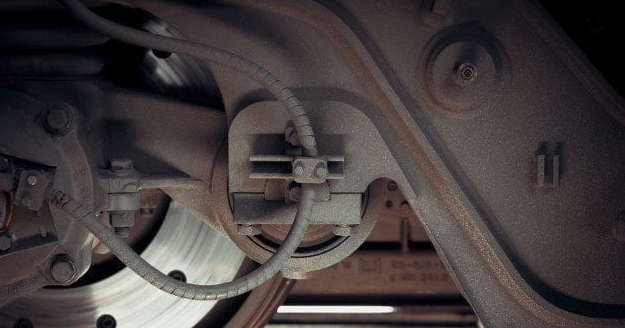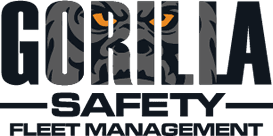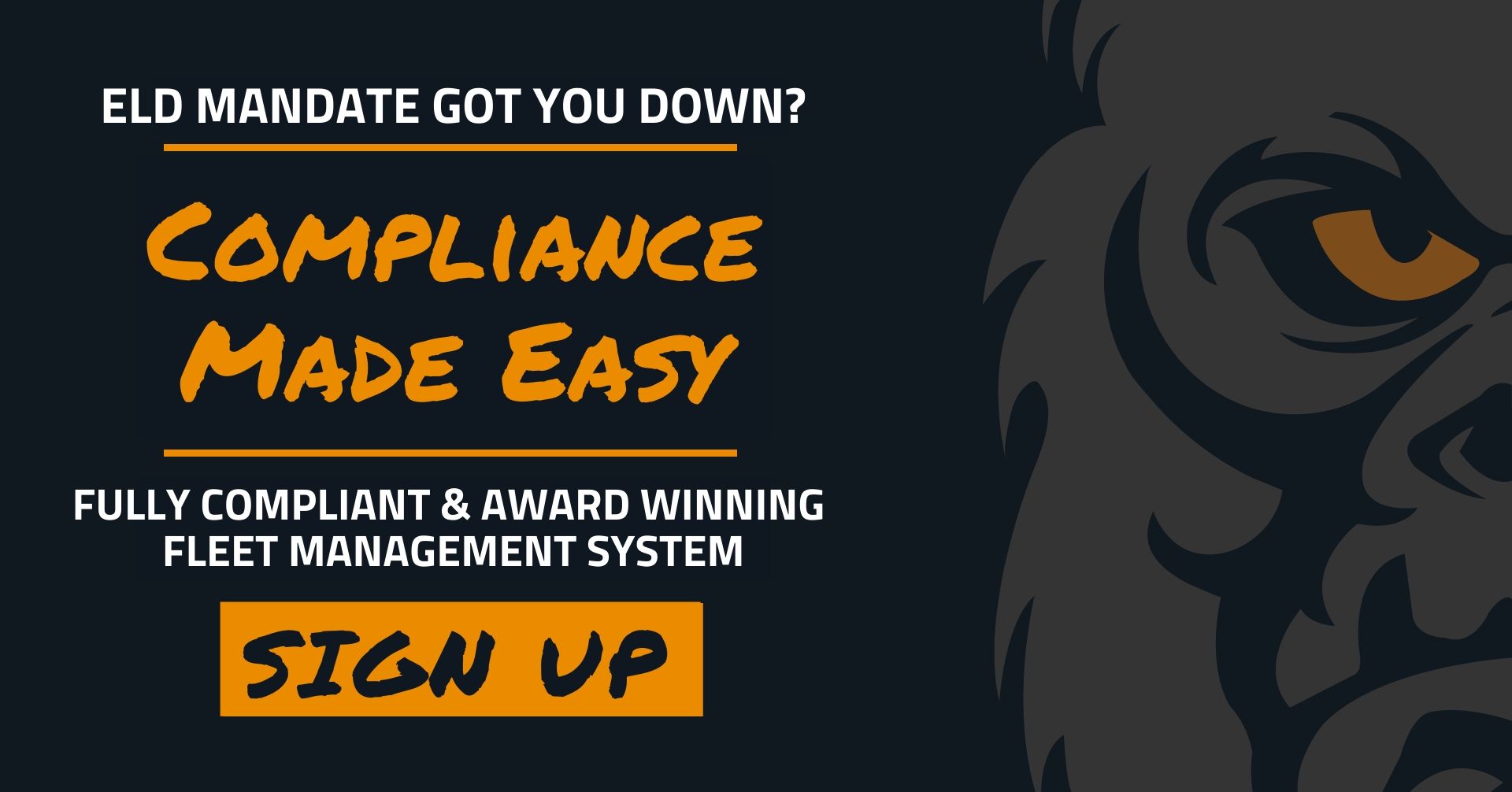
With the International Roadcheck Inspection going on this week, June 4-6, CVSA-certified inspectors will be conducting numerous Level I – North American Standard Inspections. An average of 17 commercial vehicles are inspected every minute during this 72-hour blitz.
Every year, during the CVSA’s Roadside Inspection spree, inspectors focus on a specific category of violations. This year, inspectors will focus on Steering and Suspension.
What to expect with the Level I Inspection
Inspection Procedures should be uniform and standard for commercial motor vehicles and their drivers no matter the state, province, jurisdiction or territory. Law enforcement officers should follow the same steps each time they start an inspection.
Law Enforcement Inspection Procedures
- Choose the Inspection Site
- Approach the Vehicle
- Greet and Prepare the Driver
- Interview Driver
- Collect the Driver’s Documents
- Check for the Presence of Hazardous Materials/Dangerous Goods
- Identify the Carrier
- Examine Driver’s License or CDL
- Check Medical Examiner’s Certificate and Skill Performance Evaluation (SPE) –if applicable
- Check Record of Duty Status (RODS)
- Review Driver’s Daily Vehicle Inspection Report (DVIR) –if applicable
- Review Periodic Inspection Reports
- Prepare Driver for Vehicle Inspection
- Begin Vehicle Inspection
- Components to be Inspected
- Brake Systems
- Cargo Securement
- Coupling Devices
- Driveline/Driveshaft
- Exhaust Systems
- Frames
- Fuel Systems
- Required Lighting Devices
- Steering Mechanisms
- Suspension
- Tires
- Van and Open-top Trailer Bodies
- Wheels, Rims and Hubs
- Windshield Wipers
- Buses, Motorcoaches, Passenger Vans or other Passenger-carrying Vehicles
- Components to be Inspected
- Complete Vehicle Inspection
Vehicles may be placed under a Level II Inspection category if 20% of the pushrod travel cannot be measured.
Visit the CVSA website for more information regarding all the Inspection Level Procedures.
Gorilla Safety Can Help Reduce Maintenance Violations
Maintenance violations wreak havoc on your business. Keeping up with maintenance needs and repairs can be difficult and stressful, but they don’t have to be. Not when you can make the maintenance process easier and your record-keeping automatic with Gorilla Fleet Intelligence. Drivers and Mechanics can communicate directly, inspection reports can be delivered electronically, alerts set, and, even better, you can check the progress whenever you need to.
Here’s how it works:
Drivers know their trucks, and they know when things aren’t working right. When they report the need for a repair, the eDVIR notifies your mechanic automatically. Your mechanic can then review the truck and decide if any repairs are needed — and how urgent they are. If they are, they enter a disposition. Once the repairs are made, your driver is notified, signs off on the repair and gets back on the road. No more keeping up with maintenance requests or following up with anyone. No more miscommunications or missed opportunities between a driver and the maintenance department. Even better, no more out of service violations for brakes, lights, or any other issues.
At Gorilla Safety, we make fleet management less stressful and more cost-efficient. We’ve automated a lot of the most important functions of keeping a fleet on the road so you can get back to hauling shipments down the road. We help fleets reduce maintenance violations as well as other wasteful costs that used to feel inevitable. Our system is intuitive and makes managing the entire fleet and individual vehicles much easier. For more information about Gorilla Safety’s Fleet Solution click here.

